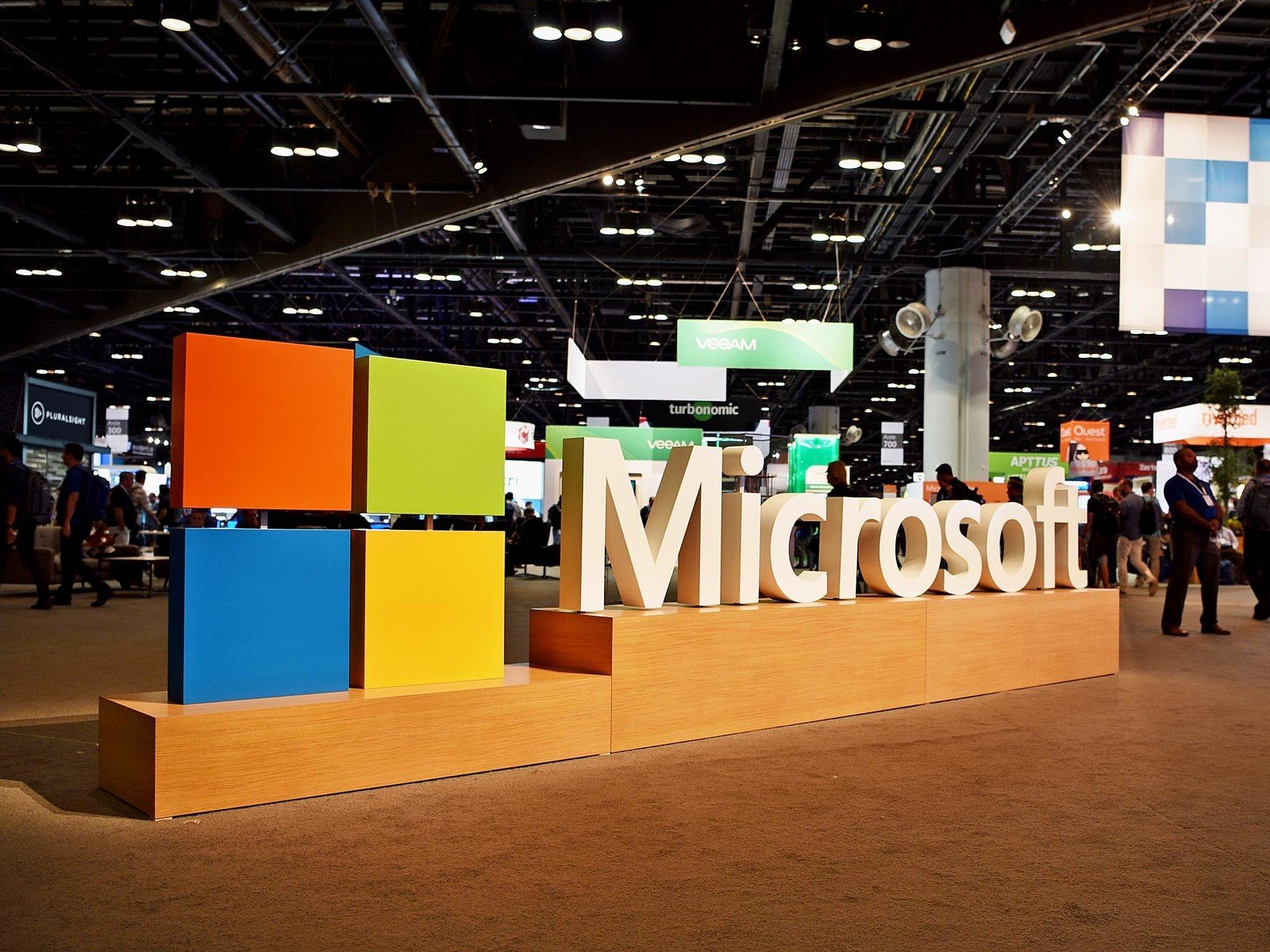Microsoft pledges to be 'water positive' by 2030
Microsoft added a goal to be "water positive" to its sustainability goals.

What you need to know
- Microsoft announced a commitment to be water positive by 2030.
- Microsoft plans to do this by reducing water usage and replenishing highly stressed basins.
- Microsoft uses large amounts of water to cool data centers.
Microsoft's latest environmental pledge includes a commitment to be "water positive" by 2030. In other words, by 2030, Microsoft's global operations should replenish more water than they use. Microsoft expounds on the new commitment in a new post by company president Brad Smith.
Microsoft will move toward this goal in two ways; reducing water usage and replenishing water. Microsoft presently uses a massive amount of water for data centers and other technologies. The company will use innovative ways to reduce how much water datacenters use.
Microsoft will replenish water through a variety of projects, including wetland restoration and removing surfaces such as asphalt. Specifically, Microsoft will focus on around 40 highly stressed basins close to where the company operates.
Smith's post breaks down a few examples of how Microsoft is already conserving water, such as an on-site rainwater collection system at its Silicon Valley Campus. That campus also has a waste treatment plant that ensures that its non-potable water comes from on-site recycled sources. Microsoft also has efforts in Herzlia, Israel, and Hyderabad which conserve water.
In Microsoft's upcoming data center in Arizona, the company is using several innovations to conserve water. The data center will use zero water cooling when temperatures are below 85 degrees Fahrenheit. This process utilizes adiabatic cooling, which using air rather than water for cooling devices.
When temperatures go above 85 degrees Fahrenheit (29.4 degrees Celsius), the data centers will use evaporative cooling, which is also known as "swamp cooling." Evaporative cooling is used in some homes and is also used in some portable cooling devices. Microsoft's system will use 90 percent less water than traditional water-based cooling systems.
Microsoft also announced a partnership with Water.org to help people in Brazil, India, Indonesia, and Mexico. The company will work with other partners to help those in China, Malaysia, and South Africa.
Get the Windows Central Newsletter
All the latest news, reviews, and guides for Windows and Xbox diehards.
Microsoft has a similar pledge to be carbon negative and to be a zero-waste company.
Microsoft's water commitment will require quite a bit of effort and innovation, but if successful, will greatly reduce water usage by one of the world's largest tech companies.

Sean Endicott is a tech journalist at Windows Central, specializing in Windows, Microsoft software, AI, and PCs. He's covered major launches, from Windows 10 and 11 to the rise of AI tools like ChatGPT. Sean's journey began with the Lumia 740, leading to strong ties with app developers. Outside writing, he coaches American football, utilizing Microsoft services to manage his team. He studied broadcast journalism at Nottingham Trent University and is active on X @SeanEndicott_ and Threads @sean_endicott_.
